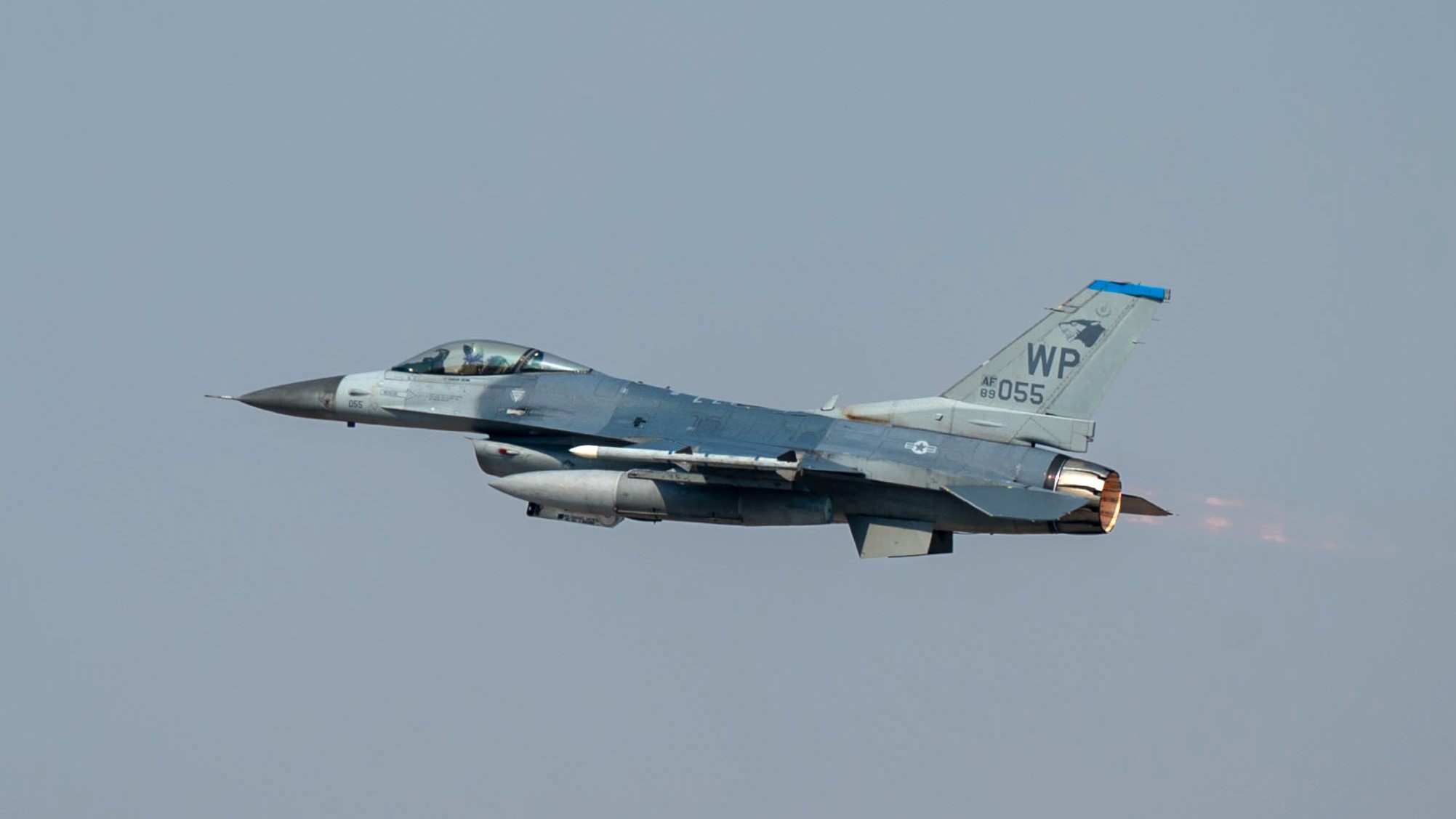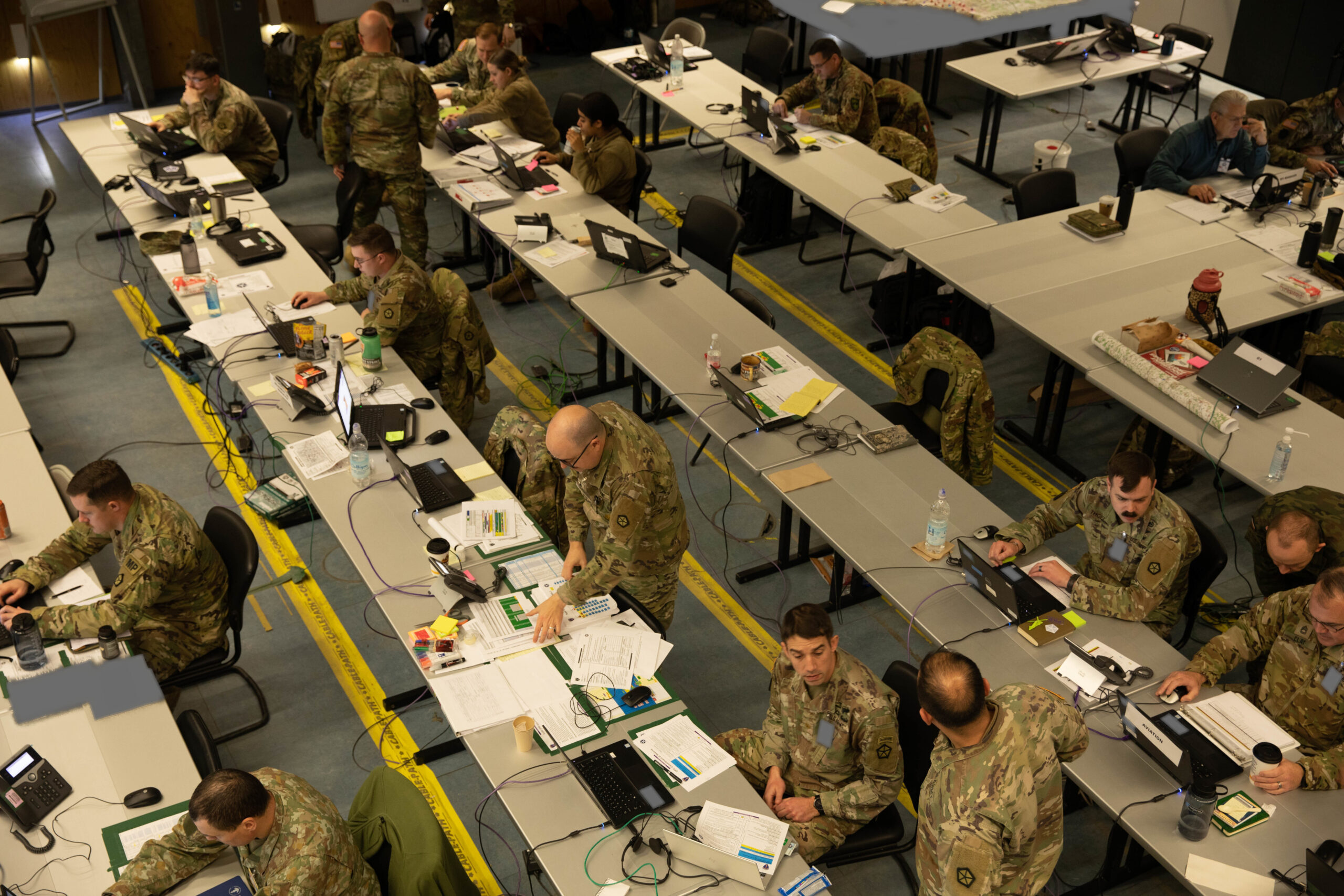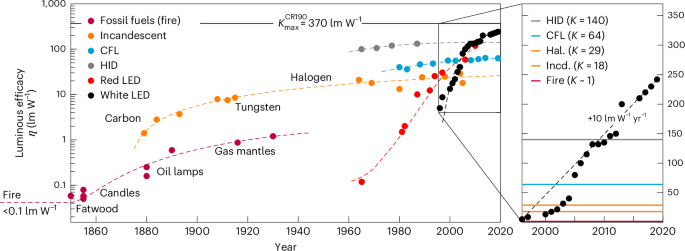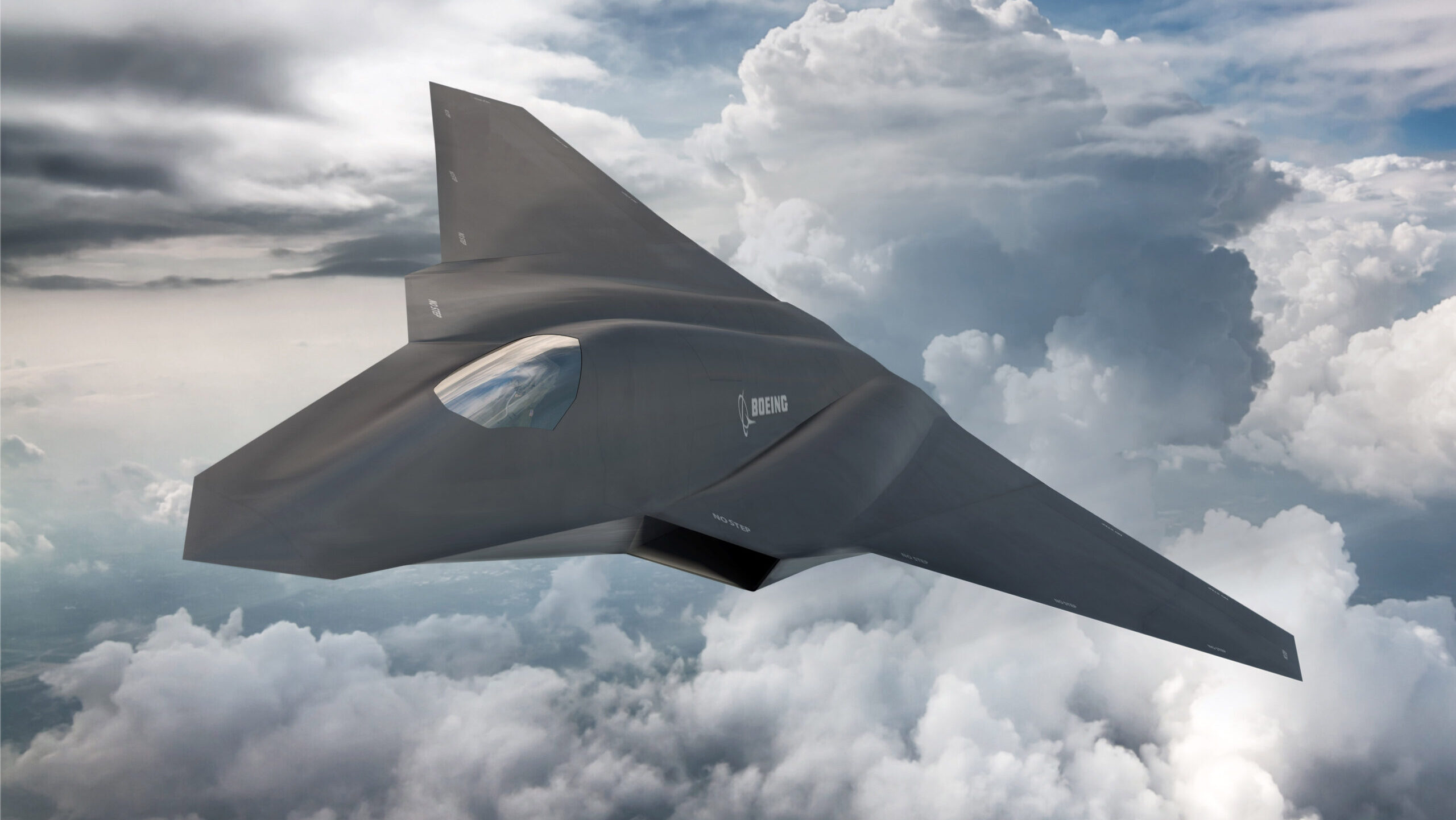Pentagon seeks open-source software for 5G, 6G networks
The Defense Department will hold an online industry day for interested vendors May 7, issue a Request for Prototype Proposals in early June, and award contracts by mid-September, said Thomas Rondeau, the Pentagon’s director for “FutureG.”


Composite image of modern city network communication concept. (Weiquan Lin/Getty Images)
WASHINGTON — As the US military makes big bets on 5G and future 6G networks for everything from streamlining supply lines to controlling combat robots, it doesn’t want to be beholden to the handful of huge tech firms that dominate the market today. So the Pentagon will soon seek bids to develop prototype “open” software — code that any company can freely access and deploy on its devices — in hopes of breaking down barriers to innovation.
“We need to open up the systems,” Thomas Rondeau, the Pentagon’s director for FutureG network technology, declared at the Scoop News AITalks conference in Washington on Thursday.
Specifically, “we want an open-source platform for the future of 6G and beyond,” he said at the Apex Defense conference on Wednesday. That software platform is what the Pentagon calls OCUDU, short for Open Centralized Unit/Distributed Unit. (These “units” are different parts of a 5G network’s “stack” of software applications: A single Central or Centralized Unit handles high-level network functions and oversees multiple lower-level Distributed Units.)
Rondeau and his staff have been dropping public hints about OCUDU for months. Then, on April 9, the public-private National Spectrum Consortium announced that the Defense Department would be holding a virtual “industry day” briefing on OCUDU on May 7 and issuing a formal Request For Prototype Proposals (RPP) soon thereafter.
What Rondeau released this week was the full timeline for the OCUDU competition — and it’s a tight one. He expects to issue the RPP at the beginning of June, with companies’ proposals due by the end of that month. His team then aims to evaluate all the proposals in a couple of weeks and start awarding contracts in late August or early September.
OCUDU is the Pentagon’s piece of a much larger effort to shake up telecommunications. Today, 5G networks around the world are dominated by a few large companies, like China’s Huawei and ZTE, South Korea’s Samsung, Taiwan’s Media Tek, and the USA’s own Qualcomm. These companies offer integrated, proprietary packages of software and hardware: You can’t run a Huawei wireless router using Qualcomm software or vice versa, let alone customize your kit by adding plug-and-play software modules or hardware components from innovative small companies.
RELATED: Pentagon needs further industry collaboration on O-RAN development for 5G interoperability
A broad-based movement is trying to change this status quo by developing what’s called Open Radio Access Networks (Open RAN). The first Trump administration supported Open RAN efforts, and the second seems to have picked that ball back up, for example by raising the issue at a February meeting between President Donald Trump and Japanese prime minister Ishiba Shigeru.
At the Pentagon, the drive for Open RAN is led by Rondeau’s team at the FutureG office, which reports to the undersecretary for research and engineering. “One of the areas that we’ve been really focused on is open RAN,” Rondeau said at Apex. “Open architecture solutions [are] going to help grow US industry and our ability to execute technologies.”
The ambitions here are lofty. Just as open-source LINUX software made possible the modern internet, and open-source Kubernetes software opened up cloud computing, OCUDU is meant to open up telecommunications, Rondeau said. What’s more, he explained, it’s meant to be a “dual-use” technology that’s suitable for both a wide range of civilian applications and the military’s “very unique, very niche needs.”
The military is particularly interested in transmitting data to and from what’s called the “tactical edge,” where frontline troops, unmanned vehicles and all sorts of sensors operate far beyond fixed infrastructure like cell towers or cloud-computing data farms. That’s not only a harsh environment, but a rapidly changing one, with each side constantly adapting its technology and seeking new weak points in the enemy’s, as combat experience in Ukraine has shown.
“As we watch the contested spectrum fight unfold in Ukraine, it’s teaching us a lot about the need for innovation,” he said Wednesday. “Rapid innovation and agility on the battlefield is required today to fight and win wars — and you can’t do that in the closed boxes, in the big bulky box that we have today. We’ve got to break that open.”
“We‘ve got to… enable the tactical edge by enabling solutions to be developed and fielded at a much faster pace,” he said.
Carley Welch contributed to this report.













































































































































































